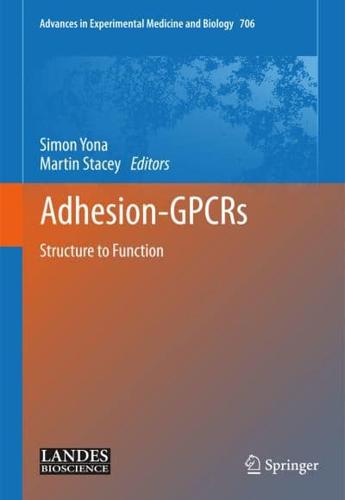Publisher's Synopsis
Upon completion of the human genome project over 800 G protein-coupled receptor 1 (GPCR) genes, subdivided into five categories, were identified. These receptors sense a diverse array of stimuli, including peptides, ions, lipid analogues, light and odour, in a discriminating fashion. Subsequently, they transduce a signal from the ligand-receptor complex into numerous cellular responses. The importance of GPCRs is further reflected in the fact that they constitute the most common target for therapeutic drugs across a 2 wide range of human disorders. Phylogenetic analysis of GPCRs produced the GRAFS classification system, which subdivides GPCRs into five discrete families: glutamate, rhodopsin, adhesion, frizzled/taste2 and secretin receptors. The adhesion-GPCR family 2 can be further subdivided into eight groups. The field of adhesion-GPCR biology has indeed become large enough to require a volume dedicated solely to this field. The contributors to this book have made a courageous effort to address the key concepts of adhesion-GPCR biology, including the evolution and biochemistry of adhesion-GPCRs; there are extensive discussions on the functional nature of these receptors during development, the immune response and tumourgenesis. Finally, there are chapters dedicated to adhesion-GPCR signalling, an area of intense investigation.










